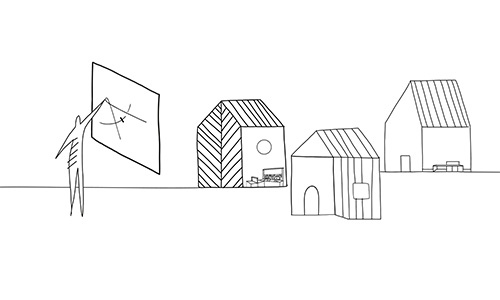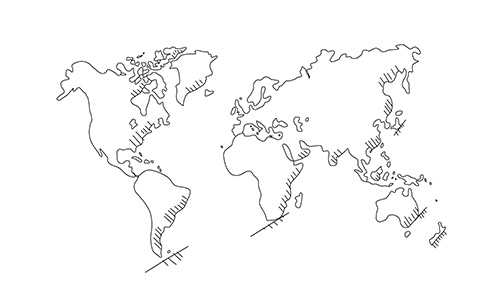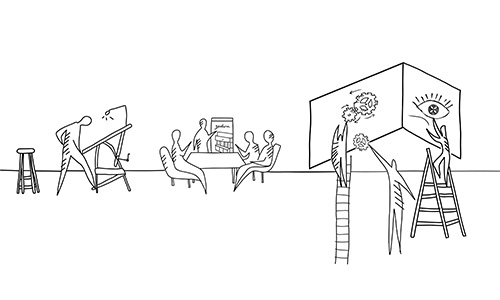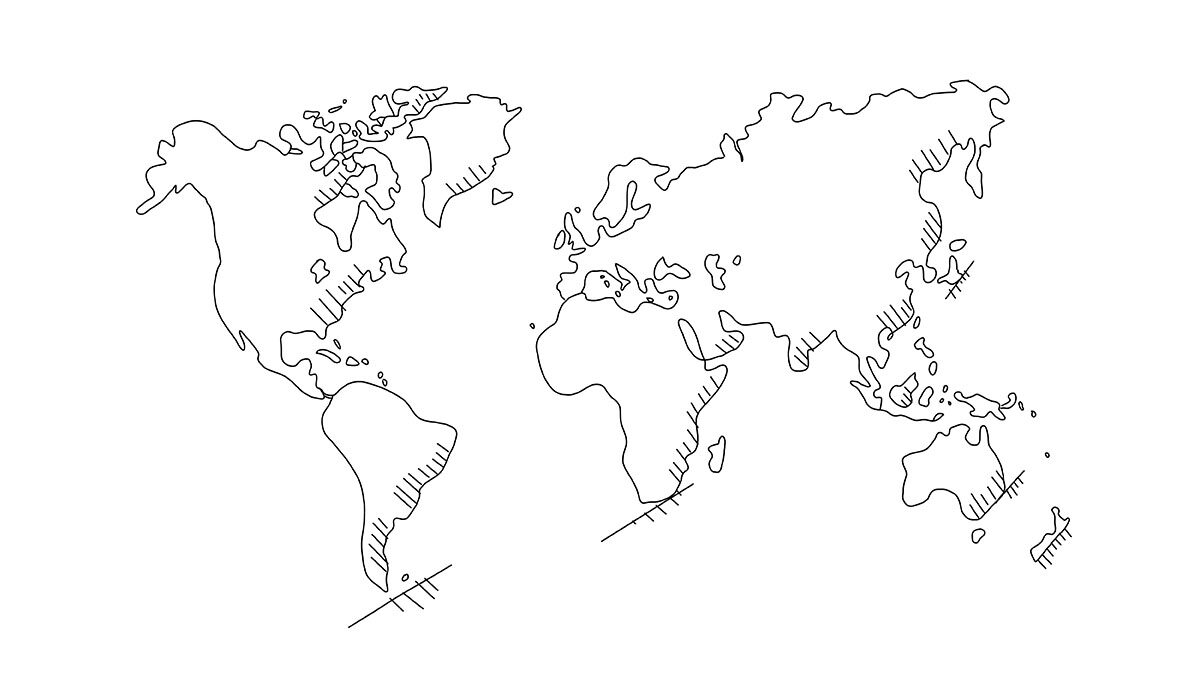





OPENING SOON
Valcucine magazine
Projects, events, insights, interviews, showroom openings, trade fairs, new products, all the news from Valcucine world.






Projects, events, insights, interviews, showroom openings, trade fairs, new products, all the news from Valcucine world.